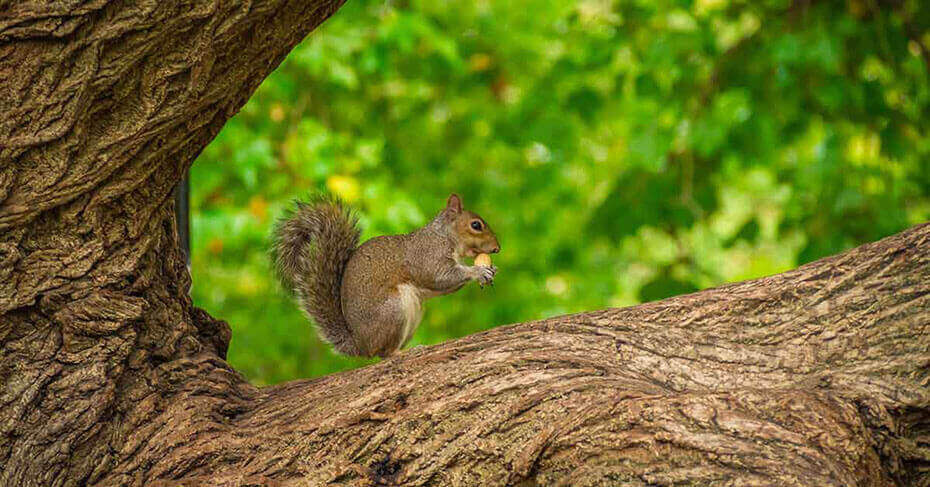
How To Detect and Prevent Animal Damage In Your Car

by Maddi Butler
When the weather gets cold, it’s no secret that animals start searching for shelter. Unfortunately for drivers, few places are warmer and cozier to rodents than those tiny spaces under your hood. Even more unfortunately is that this isn’t just an annoyance—rodents under the hood can make your car seriously dangerous to drive.
Mice and other rodents like to live in small, enclosed spaces. In the wild, they make nests in underground burrows. Of course, they also enjoy human-built structures, like wall voids, basements, cabinets, and crawl spaces. This is also why the space beneath your hood is so appealing. A nest in your car’s engine can cause malfunctions or even a fire. Additionally, rodents may see the wires in your car as a tasty snack and chew on them, which is another fire hazard.
Faulty electrical systems in a car are the leading cause of vehicle fires. Animals can easily cause the type of damage that leads to an electrical system malfunction, though of course that’s not the only possible cause of an electrical fire.
How to Keep Rodents Out of Your Car
The easiest way to keep rodents out of your vehicle is to park in a sheltered place. When you park on the street, rodents may hide under leaves and other debris but ultimately may find your car for more inviting. While certainly not foolproof, a garage is harder for rodents to enter.
A clean car will also help keep pests away. If you’re in the habit of leaving fast food bags, tissues, or other detritus in your vehicle, it may attract mice more readily.
Aside from keeping your car clean and parked in an enclosed space, just make sure your car’s doors and windows are shut tight when you park it. Rodents can easily squeeze through tiny gaps. Some retailers also sell repellants you can place inside your car.
Checking for Rodents
Of course, not everyone can park in an enclosed space, so it’s a good idea to regularly check your vehicle for rodents. Even if you do park in a garage, it won’t hurt you to check either! You can start by popping the hood. Nests are typically easy to spot and remove. Then, look for other signs of damage, like chewed or frayed wires. Finally, check under your car for puddles or other signs of a leak.
If you notice any signs of damage, get your car to a mechanic immediately. Don’t risk too much driving with potentially damaged systems. If you’re already on the road and start noticing signs of a fire, pull over immediately and get away from your car, then call for help.
While no one wants to find evidence of rodent damage in their car, the good news is this is something that’s covered by many comprehensive auto policies. You can check your policy to make sure that damage is covered. And if it isn’t, let us help you find the right coverage instead!